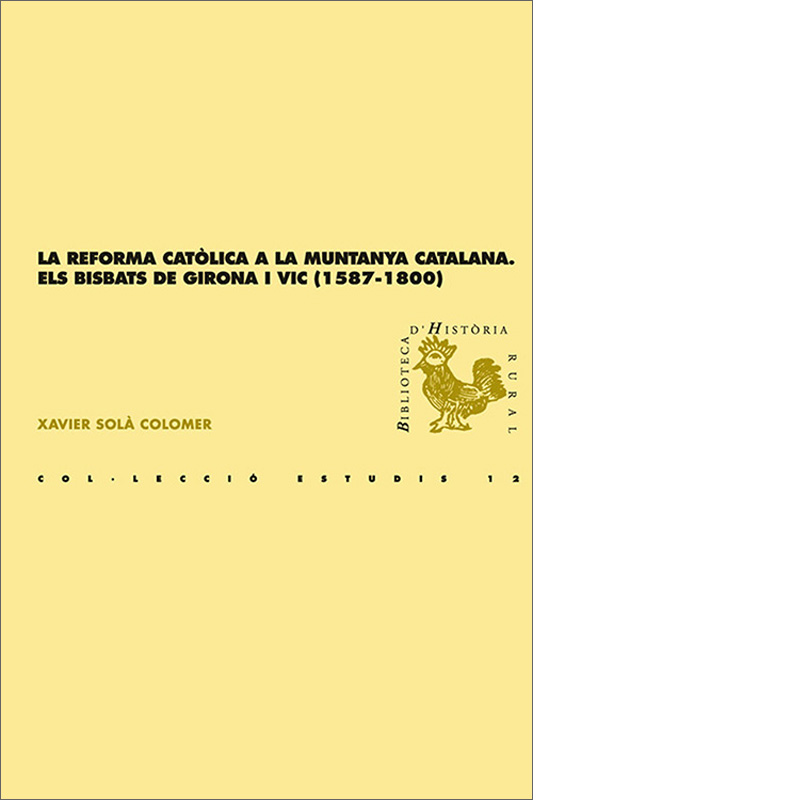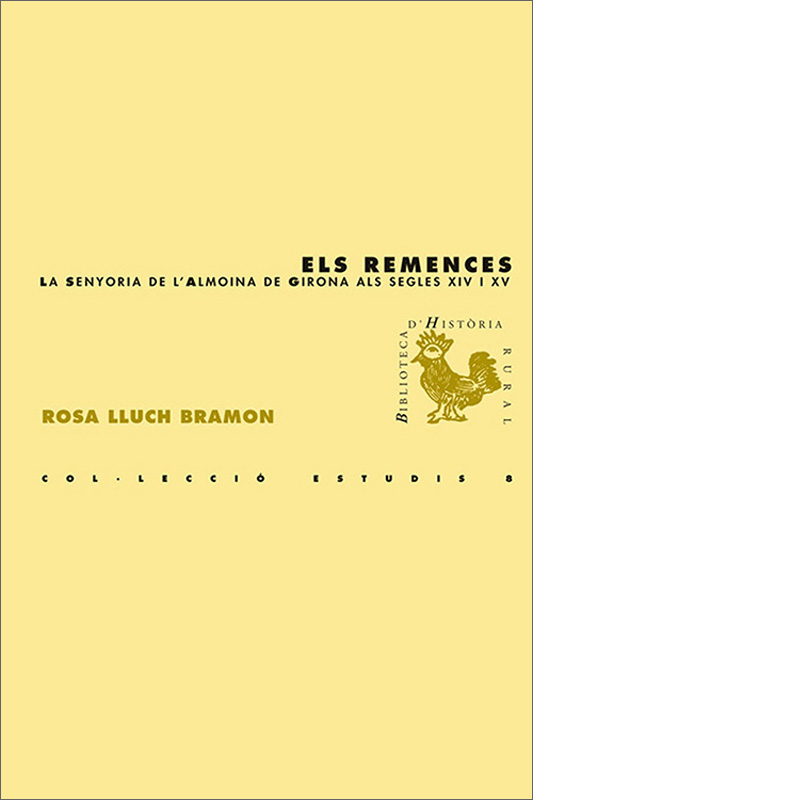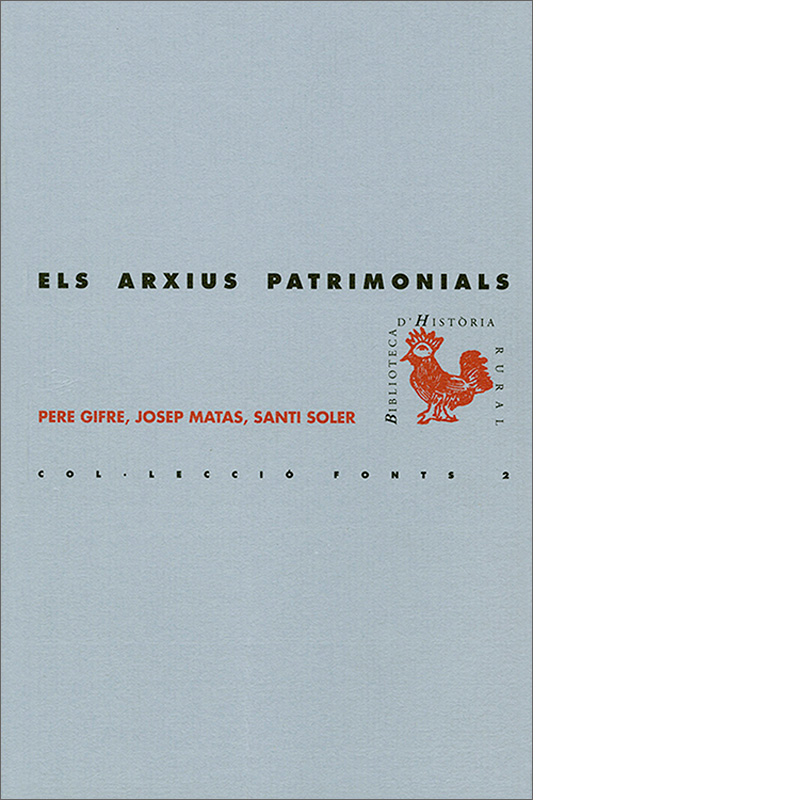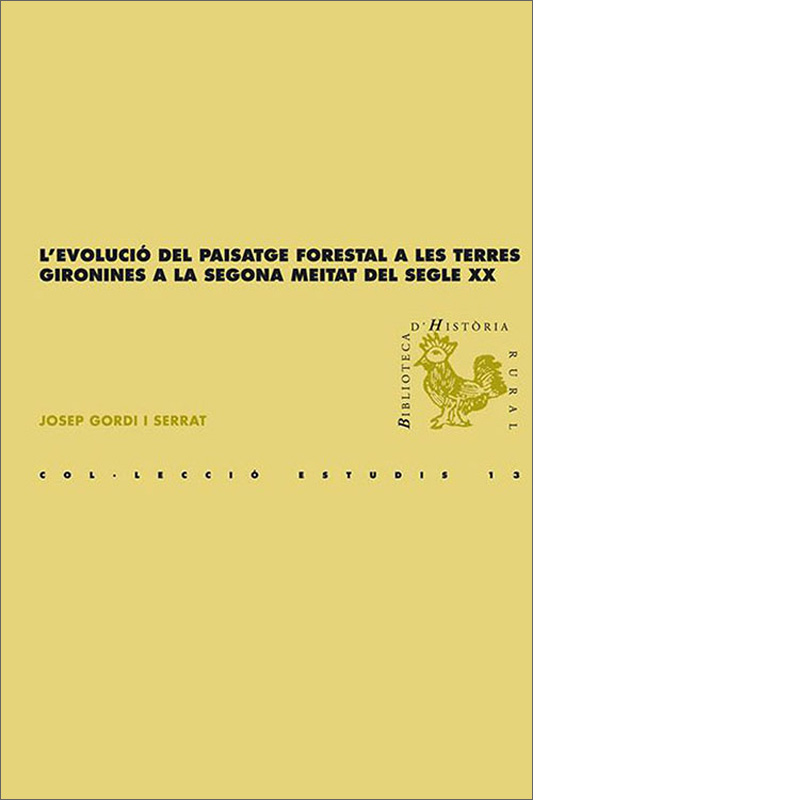Descripció
Rice has been grown in the Empordà region since the mid-15th century. It is a crop that requires a hydraulic infrastructure to facilitate irrigation. The owners of the mills are also the owners of the water. To bring water to the rice fields, negotiations are held between the parties involved: the owners of the mills and the water, the landowners, and the universities, through whose land the irrigation canal must pass. Rice crops are highly lucrative, which is why those who receive the rents propose expanding the area under cultivation. Some universities invoked the greater good of health and requested that this be prohibited. These differences generate intense conflict that is channelled through various avenues. Documentary evidence of this conflict remains, and a selection is presented here: from the position of the opponents, with medical reports attributing excess mortality to the crop, and from that of the supporters, who request authorization from the Court or the Intendancy to grow rice freely. The opposing positions led to lengthy legal proceedings, but also to acts of sabotage. To preserve the crop, which was very lucrative for producers, and public health, the Court imposed regulations (1767, 1775) establishing a division of rice lands into five parts; thus, on a rotating basis, each partition cultivated rice one year out of every five. Neither side accepted the measure. In 1797, a revolt broke out that put an end to rice cultivation.






